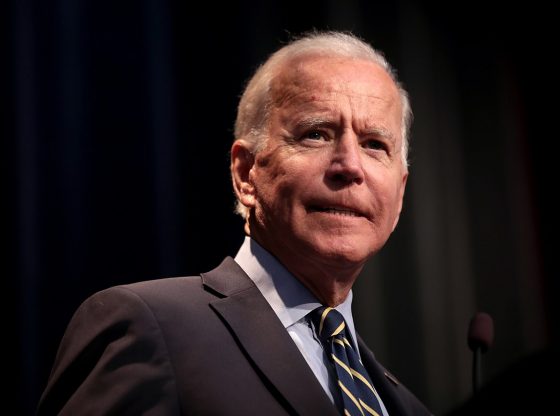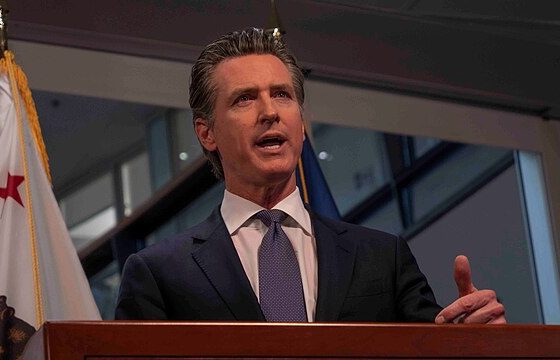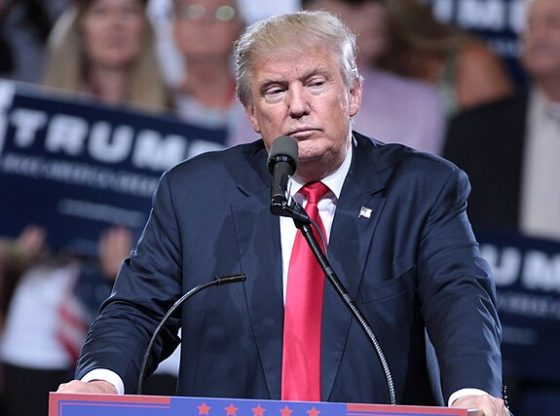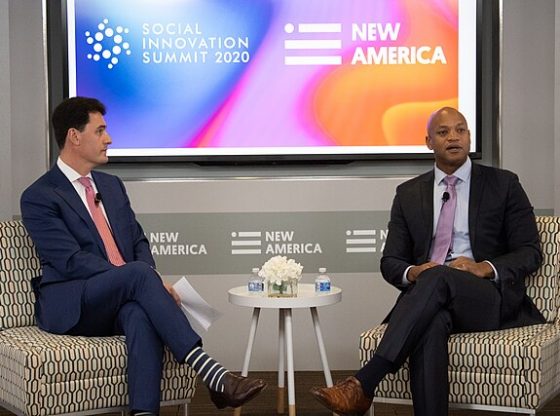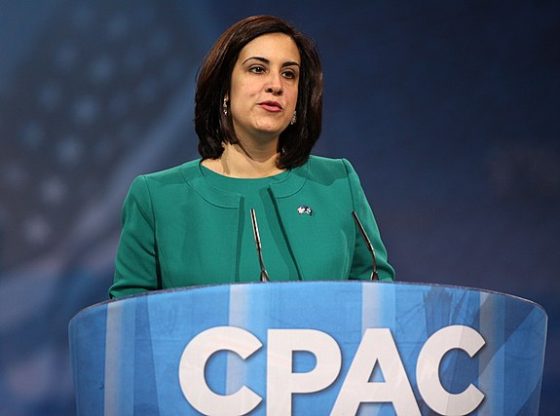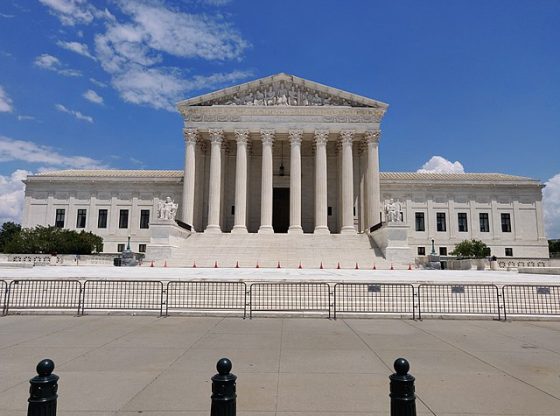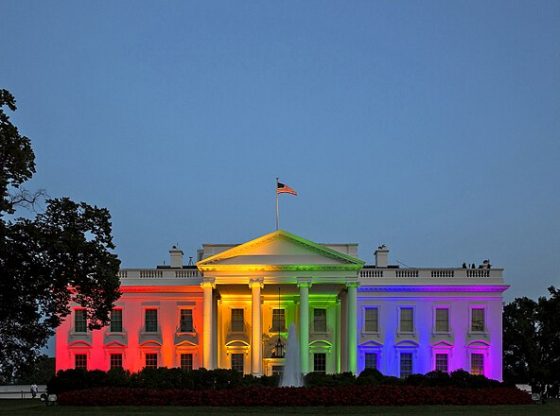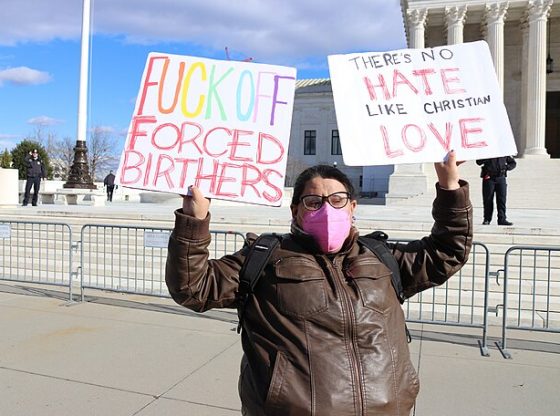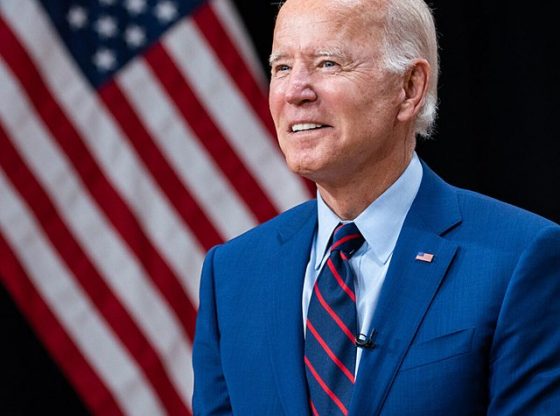The Congressional Budget Office (CBO) has confirmed that President Biden is squarely to blame for rising inflation.
The CBO’s annual economic outlook reinforced claims from former President Obama National Economic Council director, Larry Summers, and Council of Economic Advisers Chairman Jason Furman that Biden is to blame for record-high inflation rates.
The Washington Examiner reports:
Like Summers and Furman, the CBO noted that the stimulus checks sent to every family significantly boosted demand, causing inflationary pressure on its own. But there’s more. By paying workers not to work, Biden’s COVID stimulus artificially “slowed the recovery of labor force participation.” As noted by Texas Rep. Kevin Brady, the top Republican on the Ways and Means Committee, this lack of workers strained supply chains, thus providing a second source of upward pressure on prices.
The CBO predicts that this Biden-caused inflation will persist into next year, tempered only by the Federal Reserve’s willingness to raise interest rates, which will, in turn, cause the economy to slow or even contract.
Biden wants to make the economic situation worse by repealing the 2017 Tax Cuts and Jobs Act. Speaking of which, the CBO report also confirms that former President Donald Trump’s signature tax bill has been a boon both to the economy and to government coffers. According to the CBO, federal corporate income tax collections in 2017, before the rate cut, came in at$297 billion. By 2021, they had jumped to $372 billion — a 25% increase in just four years, which significantly outpaces inflationary growth and also amounts to a larger percentage of the overall economy.
Far from starving the government, the Tax Cuts and Jobs Act generated so much economic growth that the entire bill has apparently paid for itself, even after controlling for the other economic factors that may have played a role. A rising payroll tax and individual income tax revenues also show that the tax cuts boosted job growth and wages as well. The CBO says that even with lower rates,total revenues in 2022 “are projected to equal 19.6 percent of the nation’s gross domestic product — the largest annual revenues relative to the size of the economy since 2000.” This is 2.3% higher than the average of the past 50 years, which includes a period in which the top income tax rate was 70%.
This means that today’s high deficits are the result not of too little revenue but of too much spending.

